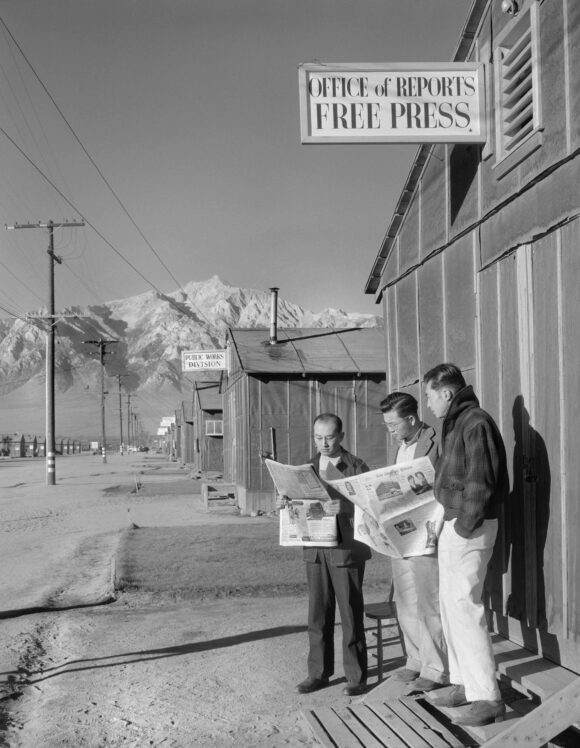Read about Ansel Adams, an artist who captured the American spirit, an environmentalist who fought for the beauty he photographed, and an early innovator who set new standards in photographic techniques.

Iconic Photographers: Ansel Adams’ Style and Impact
Ansel Adams was an American photographer and environmentalist widely known for his landscape photographs of the American West nature, especially Yosemite National Park. Adams’s photography, characterized by sharp focus, expansive landscapes, and remarkable use of light and shadow, not only played an important role in the development of modern photography but also had a significant impact on the appreciation and conservation of nature.
Ansel Adams Photography Style
Born in 1902 in San Francisco, Adams learned to be a pianist. However, his fate took a turn following a family trip to Yosemite National Park. Drawn to the natural world, Adams discovered photography to be his true calling in life. At first, he dabbled in the pictorialist style, which emphasized beauty, tonality, and composition over subject matter. But soon, his style steered towards ‘pure’ photography, which emphasized sharp focus and the use of the photographic frame to capture a realist perspective. He later also co-founded Group f/64, an association of photographers advocating for pure photography.
Adams is recognized for his technical mastery of the camera and darkroom. His zone system, a method of controlling exposure and contrast in the photographic process, revolutionized the way photographers thought about and developed their images at that time. This technique allowed Adams to produce photographs with a remarkable range of tones, from deep black to pristine white, a hallmark of his work.
Environmental Advocacy Through the Lens of Photography
Adams’s photography wasn’t only about the art of photography but also about nature and the environment. His strong images of American national parks helped preserve these natural wonders and had an important impact on awareness, public opinion, and environmental policy. Beyond photography, Adams tirelessly fought for the protection of wilderness areas and the environment in its entirety. He supported his conservation perspective with thousands of letters to newspaper editors, government bureaucrats, politicians and countless meetings throughout the years.
Why Did Other Photographers Criticize Ansel Adams?
Despite its significance, Adams’ work wasn’t without its critics. According to some critics, his emphasis on human-free landscapes distanced his work from the emotional impact of photographers who also addressed societal problems. These critics came mostly from European intellectuals in the 1930s, such as French photographer Henri Cartier-Bresson, who said: “The world is going to pieces and people like Adams and Weston are photographing rocks!”
Considering the time, these critics believed environmental issues were less important than other issues humans struggled with. However, Edward Weston, Adams’s friend and fellow photographer, responded to these critics: “It seems so utterly naïve that landscape—not that of the pictorial school—is not considered of ‘social significance’ when it has a far more important bearing on the human race of any locale than excrescences called cities. By landscapes, I mean every physical aspect of a region—weather, soil, wildflowers, mountain peaks—and its effect on the psyche and physical appearance of the people.”
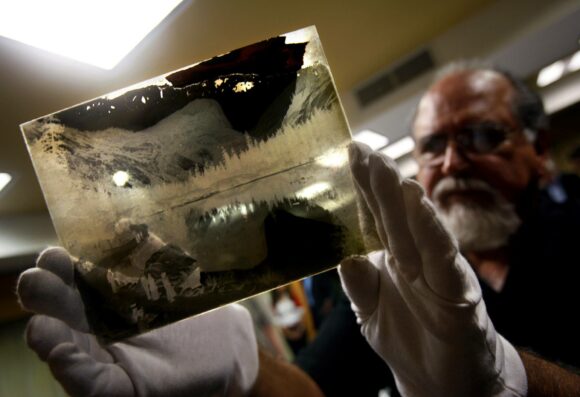
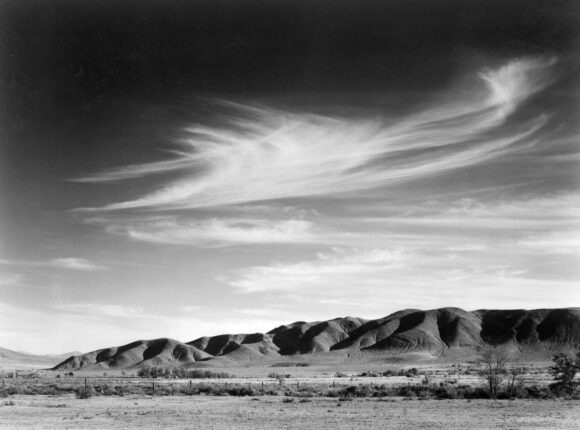
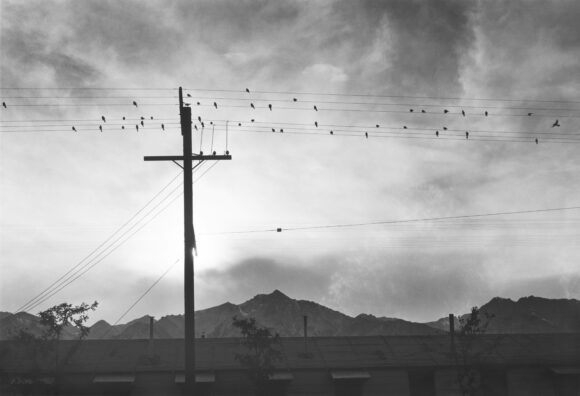
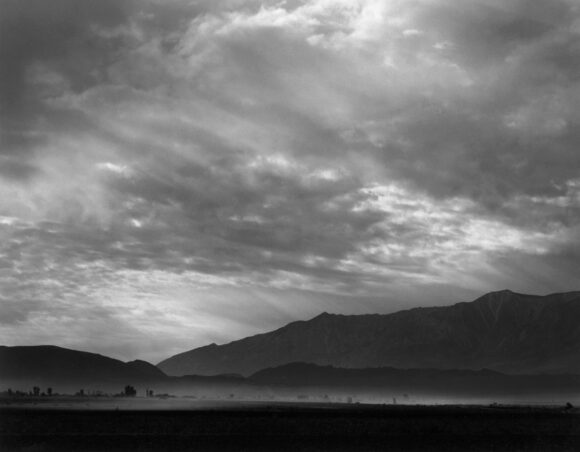
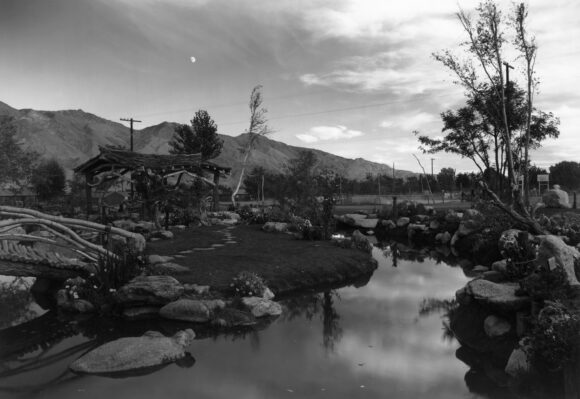
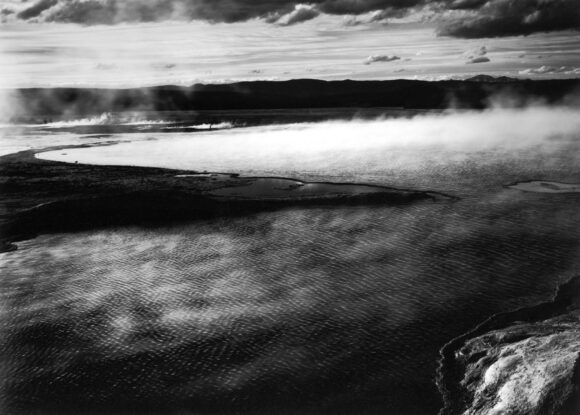
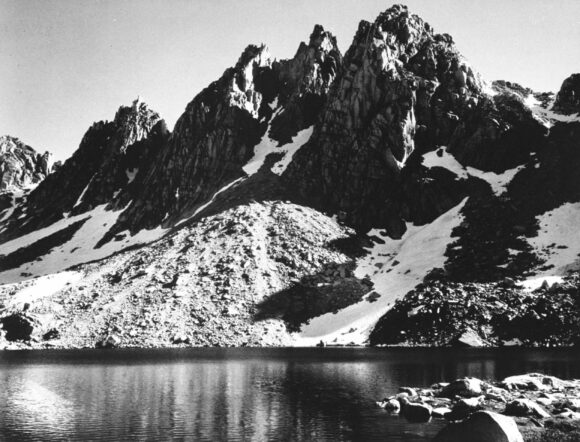
Born Free and Equal: The Story of Loyal Japanese-Americans
In 1943, during World War II, Adams turned his lens towards the Manzanar War Relocation Center in California, one of the camps where Japanese Americans were interned following the Pearl Harbor attack. This project was a significant departure from his usual subjects, capturing the daily life and resilience of the internees under harsh conditions. His photographs from this period are collected in “Born Free and Equal: The Story of Loyal Japanese-Americans.”
Legacy and Influence of Ansel Adam: More Than a Photographer
Adams’s legacy goes beyond his photographs. Many wilderness areas in America are protected because of the efforts of Adams and his colleagues. He is remembered as an artist who captured the American spirit, a conservationist who fought for the beauty he photographed, and an early innovator who set new standards in photographic techniques. He inspired many with photographs that are more than mere shots; they are portals to a time when nature was a wild, untamed force – raw, beautiful, and majestic.




